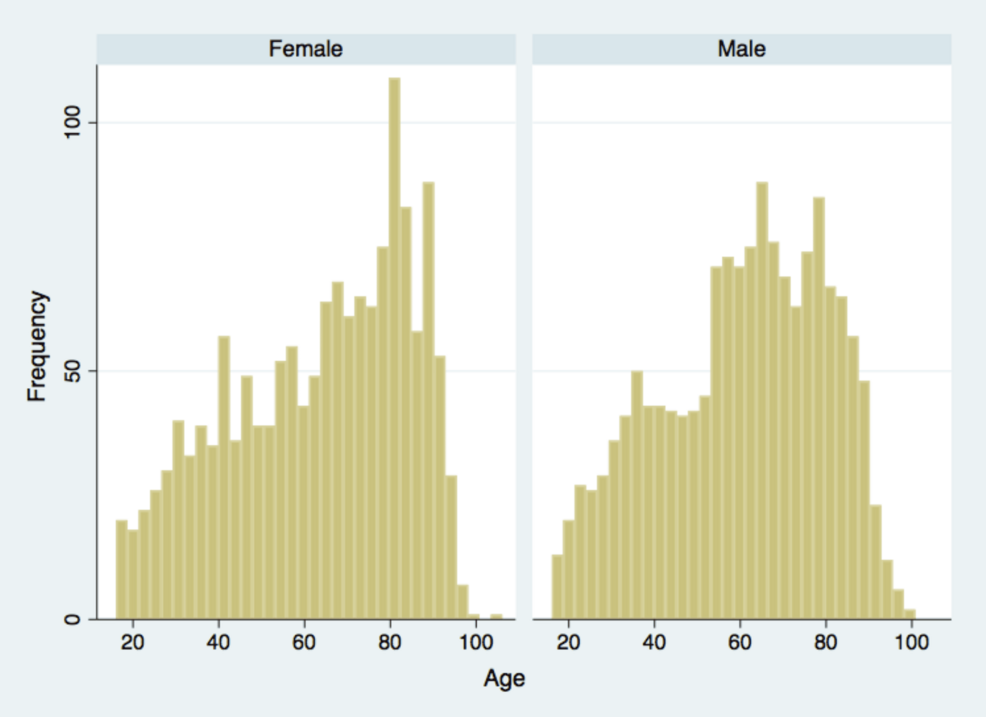- HIV Diagnoses Fall but Inequalities Persist, Data Show Medscape
- HIV testing, PrEP, new HIV diagnoses and care outcomes for people accessing HIV services: 2025 report GOV.UK
- New HIV diagnoses fall in 2024, but fewer young people getting tested:…
Category: 6. Health
-
HIV Diagnoses Fall but Inequalities Persist, Data Show – Medscape
-

Familial Cluster of Foodborne Botulism Associated with Homemade Dairy
Introduction
Foodborne botulism is a serious form of food poisoning caused by ingestion of food contaminated with a neurotoxin produced by Clostridium botulinum.1 Ingesting as little as 30 nanograms of this toxin can result in severe…
Continue Reading
-

Clinical profile of heart failure patients and evaluation of the presc
Introduction
Heart failure (HF) is a multifaceted clinical syndrome marked by the heart’s inability to adequately pump or fill with blood to satisfy the body’s metabolic requirements.1 Physiologically, HF can manifest as either insufficient…
Continue Reading
-

Global Research Status and Trends in Medial Meniscus Posterior Root Te
Introduction
The medial meniscus posterior root tear (MMPRT) is a clinically significant injury characterized by avulsion of the posterior root attachment of the medial meniscus.1–3 As a critical structure for maintaining joint biomechanics,…
Continue Reading
-

Promising Future of Novel Beta-Lactam Antibiotics Against Bacterial Re
Introduction
Antibiotic resistance is a growing global health concern, largely driven by the overuse, misuse, and frequent prescription of antibiotics—particularly beta-lactam agents.1–4 Beta-lactam antibiotics are characterised by the…
Continue Reading
-

Calls to cut red tape for cancer treatment
The Royal College of Radiologists and the Society of Radiographers warn that current structures stifle innovation and cause unequal access to cancer treatments
In a briefing note, the Royal College of Radiologists (RCR) and the Society of…
Continue Reading
-

Severe Corneal Pannus as a Rare Ocular Complication of Anti-TNF-α The
Introduction
Tumor necrosis factor-α inhibitors (anti-TNF-α) have revolutionized the management of various autoimmune diseases, such as rheumatoid arthritis and inflammatory bowel disease. TNF-α is a key cytokine in inflammatory pathways,…
Continue Reading
-
Cancer care underuse, overuse, and inequalities – IARC
9 Octobre 2025
Scientists from the International Agency for Research on Cancer (IARC) and Imperial College London, United Kingdom, propose a novel perspective to examine inefficiencies of health systems by…
Continue Reading
-

Clinical value of APRI and FIB-4 on bleeding risk and 30-day prognosis
Introduction
Liver cirrhosis represents a progressive, systemic disorder arising from chronic liver injury, marked by diffuse hepatic fibrosis, pseudolobule formation, and aberrant vascular proliferation.1 Approximately 85% of individuals with…
Continue Reading
